The authorities’s constructing security programme has focused primarily on immediate interim mitigation actions and permanent substitute of unsafe aluminium composite materials (ACM) panels on excessive-rise buildings due to the acute dangers posed by such panels.
Zry is available in two varieties, Zry-2 and Zry-4. These two differ by minor modifications in the concentrations of the transition metals (Zry-4 has no nickel). PWRs use Zry-4 while BWRs employ Zry-2 as cladding and both Zry-2 or Zry-4 for the duct or channel holding the fuel-element bundle. The transition metals iron and chromium seem within the microstructure as precipitates of the intermetallic compounds Zr 2 (Ni,Fe) and Zr(Cr,Fe) 2 . These minor alloying components enhance corrosion resistance to an extent depending on the scale of the precipitates.
The BWR coolant usually accommodates a better stage of oxygen, sometimes 200–four hundred ppb. Hydrogen addition in boiling water conditions just isn't very efficient because of the segregation of hydrogen in the steam phase. The government has set up a fund to take away cladding from buildings identified with aluminium composite materials (ACM) - the same sort used on Grenfell Tower. The new exams, which began last month, are testing different types of cladding and building materials.
As a treatment, speedy cooling of the Zry ingot during fabrication (called beta quenching) produces a much finer intermetallic precipitate inhabitants. This distribution of the transition metals maintains the power of the Zry however improves its corrosion resistance, probably by brief-circuiting cost-transport paths between the dimensions floor and the metallic–oxide interface. In order to eliminate waterside corrosion of cladding as a life-limiting course of, modified Zircaloys have been developed. Under PWR water circumstances, reducing the tin content material of Zry to 1% and including a comparable concentration of niobium produces an alloy with a corrosion fee a number of instances lower than that of the usual Zry.
Cladco’s cladding solutions are additionally moisture resistant, bettering their longevity and minimising the common upkeep required for different cladding options. The flammability of cladding materials (aluminium composite panels, insulation, and another supplies such as sarking) is outlined primarily based on nicely-established testing frameworks widely accepted in the fireplace safety engineering group.
The interplay that gas cladding tubes experience due to the fission products on the inside surface is stress corrosion cracking (SCC). Iodine, caesium, and cadmium are some of the fission products which contribute strongly to the SCC course of.
Due to the combined results of thermal growth of gas pellets, gas swelling because of fission gasoline launch, and the coolant pressure on the outer surface of gasoline tubes, cladding tubes collapse on the gasoline pellets. In PWRs the closure of the hole between the pellet and the clad takes about one full energy 12 months while the gap is maintained for a longer interval in BWRs.
Differential swelling between cladding, wrapper tube, and spacing system (spacer wire or grids) can induce further stresses and deformations on these elements and/or generate coolant circulate perturbations in the bundle. These phenomena have been studied and have notably proven that wires or grid supplies need to be chosen and specified so as to reduce differential swelling. Laser cladding has been applied to hardening of steam generator turbine blades and reached pilot production status [4 ].
Zircaloys have anisotropic physical, mechanical, and chemical properties. Within the oxide layer, the alloying parts affect the atomic transport such that the alloying concentration determines the corrosive behavior, with excessive alloying concentrations (above ∼zero.6%) offering protection against oxide development. Today, Zircaloy-2 and Zircaloy-four are broadly used.
The Building Research Establishment (BRE) has been commissioned to undertake this challenge. This programme is on-going and tests are expected to conclude in the summer.
The spread of the hearth up the surface wall, if any, was then monitored. The Independent Expert Advisory Panel additionally suggested the department to establish a research project to test and enhance the evidence obtainable on the behaviour of a spread of non-ACM supplies used in cladding techniques when subjected to fireplace.
After melting and bonding by the laser, the alloy layer was 1.5 mm thick and had little or no dilution from the metal. The ensuing surface had glorious wear resistance. Architectural metallic cladding is the collective term for exterior constructing cladding made from coated steel. In the last many years metal turned one of the most well-liked constructing materials for the building envelope among architects and builders.
Moore-Bick has faced widespread calls to conclude in his interim report – expected next spring – that the £10m refurbishment, utilizing extremely flamable cladding panels, was in breach of building rules. But he has also heard conflicting proof about whether or not the hearth brigade ought to have tried to order a full evacuation earlier than the building was engulfed in flames trapping and killing families and pals who huddled collectively in flats. Earlier in Wednesday’s hearing firefighters blamed the Royal Borough of Kensington and Chelsea for failing to make an evacuation plan for Grenfell Tower, regardless of professional recommendation taken earlier than the catastrophe and legal obligations making clear it was necessary. The efficiency of the uPVC home windows in the fourth flooring flat the place the hearth started, the artificial insulation and other decorative cladding panels throughout the rest of the building have been successfully answerable for spreading the hearth, he said.
The effect of loss of metal by inside or outer corrosion is less necessary for thick cladding than for skinny-walled tubing. For the same exterior loading, the stress produced in the cladding, both external from the coolant or internal from fission-product swelling of the fuel, is reduced in proportion to the wall thickness. However, thick cladding is detrimental to neutron financial system, will increase the volume of the reactor core, raises gas temperature, and costs more than thin-walled tubing. The compromise between these competing demands has produced wall thicknesses of ∼zero.9mm in BWRs and ∼zero.7mm in PWRs. is produced and the chance of a massive secondary hydriding failure is increased.
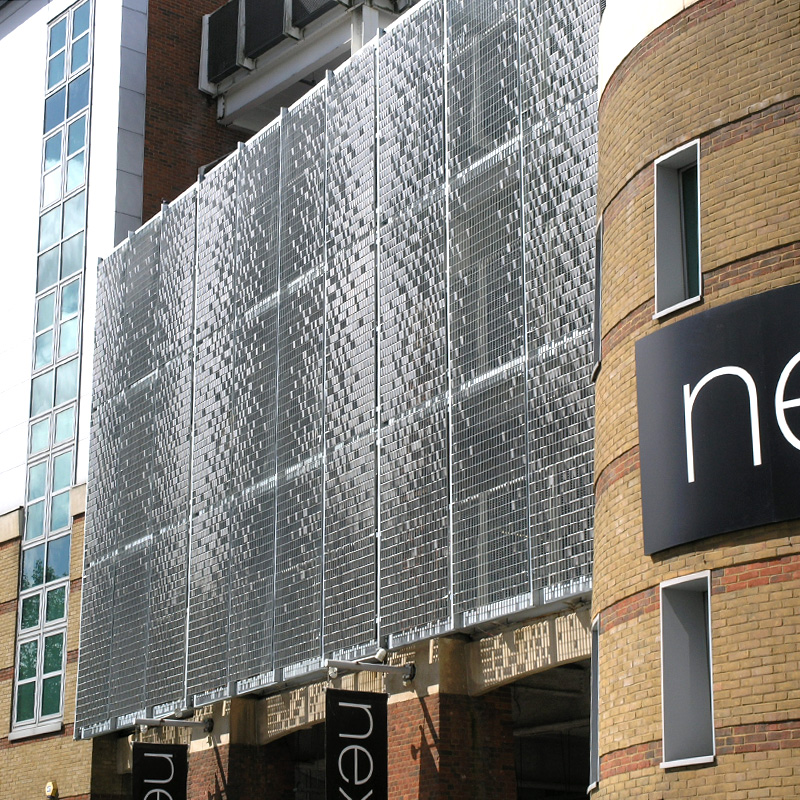 .gbip::beforecontent:url(https://ssl.gstatic.com/gb/images/silhouette_96.png)@media (min-resolution:1.25dppx),(-o-min-device-pixel-ratio:5/4),(-webkit-min-device-pixel-ratio:1.25),(min-device-pixel-ratio:1.25){.gbii::beforecontent:url(https://ssl.gstatic.com/gb/images/silhouette_27.png).gbip::before
.gbip::beforecontent:url(https://ssl.gstatic.com/gb/images/silhouette_96.png)@media (min-resolution:1.25dppx),(-o-min-device-pixel-ratio:5/4),(-webkit-min-device-pixel-ratio:1.25),(min-device-pixel-ratio:1.25){.gbii::beforecontent:url(https://ssl.gstatic.com/gb/images/silhouette_27.png).gbip::before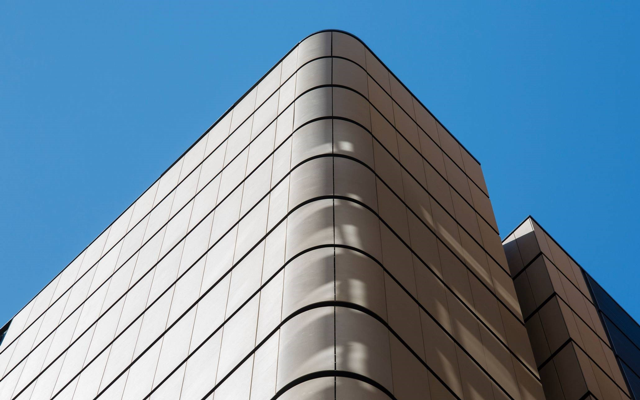
Exterior Surfaces
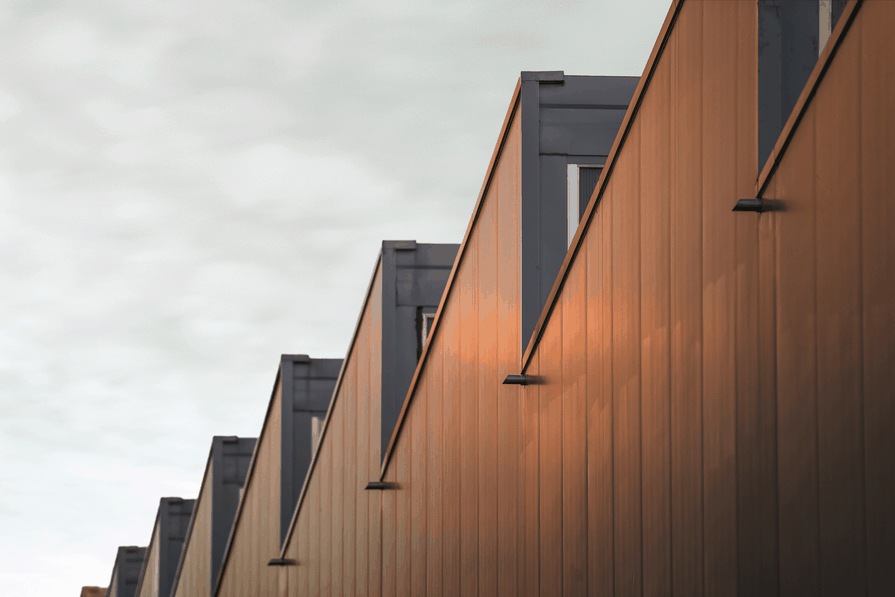 .gbip::beforecontent:url(https://ssl.gstatic.com/gb/images/silhouette_96.png)@media (min-resolution:1.25dppx),(-o-min-device-pixel-ratio:5/4),(-webkit-min-device-pixel-ratio:1.25),(min-device-pixel-ratio:1.25){.gbii::beforecontent:url(https://ssl.gstatic.com/gb/images/silhouette_27.png).gbip::before
.gbip::beforecontent:url(https://ssl.gstatic.com/gb/images/silhouette_96.png)@media (min-resolution:1.25dppx),(-o-min-device-pixel-ratio:5/4),(-webkit-min-device-pixel-ratio:1.25),(min-device-pixel-ratio:1.25){.gbii::beforecontent:url(https://ssl.gstatic.com/gb/images/silhouette_27.png).gbip::before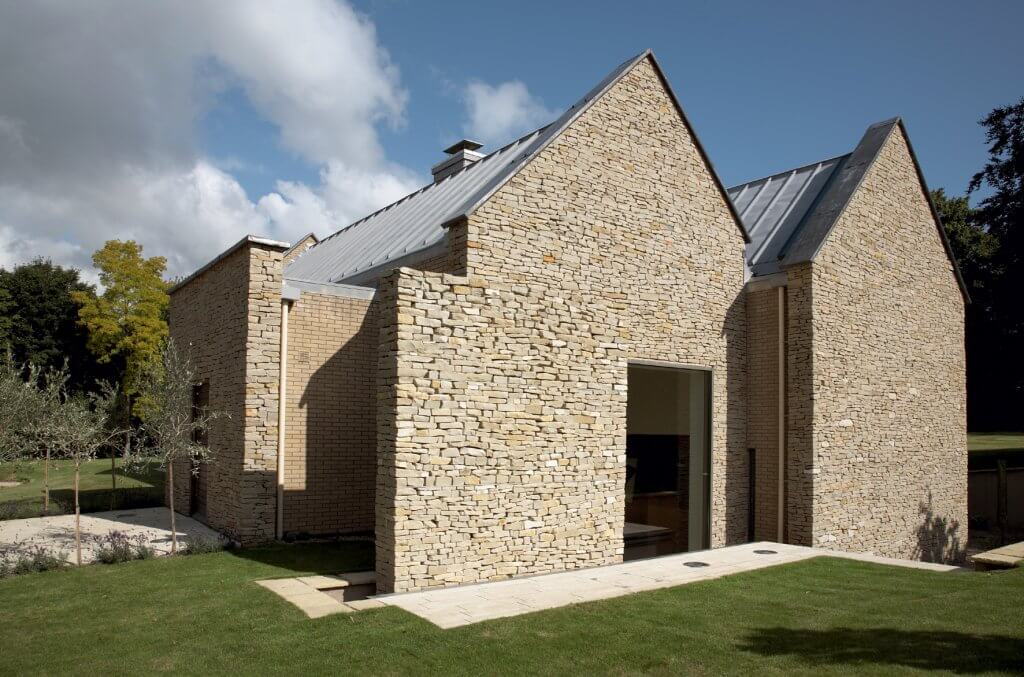
Zry manufacturing strategies now supply far better management of gaseous impurities than early fabrication technology, so the unique cause for adding tin is moot. Since tin is a substitutional impurity, its operate is to extend the power of Zry over that of pure zirconium.
tube. Energy, from fission, is generated approximately uniformly throughout the fuel pellets. Heat is extracted on the rod surface by the coolant move. The temperature at the hottest level, on the pellet centerline, is often in the vary 800–1000 °C, depending on the power level. The metallic cladding is a good conductor, so the temperature rise across the wall is just a few tens of levels.
The fire rose 20 storeys in simply 35 minutes to engulf the complete height of the tower on 14 June 2017. The inquiry has heard expert evidence that the flames spread by way of the cladding system and had been fuelled by the extremely flamable panels. Chartered engineer Dr Jonathan Evans was a part of the staff testing cladding for the government after the Grenfell Tower hearth. due to their corrosion resistance to acids and bases and their low neutron-absorption charges.
Zircaloys have anisotropic bodily, mechanical, and chemical properties. Within the oxide layer, the alloying elements affect the atomic transport such that the alloying concentration determines the corrosive conduct, with high alloying concentrations (above ∼zero.6%) providing protection in opposition to oxide development. Today, Zircaloy-2 and Zircaloy-four are broadly used.
The interplay that fuel cladding tubes experience as a result of fission products on the inner surface is stress corrosion cracking (SCC). Iodine, caesium, and cadmium are a few of the fission merchandise which contribute strongly to the SCC process.
Moore-Bick has faced widespread calls to conclude in his interim report – anticipated subsequent spring – that the £10m refurbishment, utilizing highly flamable cladding panels, was in breach of constructing rules. But he has also heard conflicting evidence about whether the fire brigade ought to have tried to order a full evacuation before the building was engulfed in flames trapping and killing families and pals who huddled collectively in flats. Earlier in Wednesday’s listening to firefighters blamed the Royal Borough of Kensington and Chelsea for failing to make an evacuation plan for Grenfell Tower, despite expert recommendation taken before the catastrophe and authorized obligations making clear it was necessary. The efficiency of the uPVC home windows within the fourth flooring flat where the hearth started, the artificial insulation and other decorative cladding panels throughout the remainder of the constructing were effectively responsible for spreading the hearth, he stated.
The BWR coolant usually incorporates a higher degree of oxygen, sometimes 200–four hundred ppb. Hydrogen addition in boiling water circumstances just isn't very effective due to the segregation of hydrogen within the steam phase. The government has set up a fund to remove cladding from buildings recognized with aluminium composite material (ACM) - the same sort used on Grenfell Tower. The new checks, which started last month, are testing different forms of cladding and constructing materials.
These frameworks have been utilized and peer reviewed throughout the scope of fire analysis studies on the fireplace efficiency of aluminium composite panels and insulation supplies at The University of Queensland and the University of Edinburgh. This large scale take a look at, undertaken by the Fire Protection Association (FPA), examined a HPL panel system with stone wool insulation, in accordance with British Standard 8414. This check includes building a 9-metre excessive wall with a whole cladding system mounted to it - including panels and insulation. This was then subjected to a hearth designed to copy the circumstances during which a extreme fireplace breaks out of a window.
laser beam. The alloy was overlaid on the metal as a powder layer 2.5 mm thick.
In order to prevent or reduce pellet/clad interactions, both mechanical and chemical, a coating of graphite powder is utilized on the internal floor of cladding tubes. The graphite layer offers lubrication to reduce the mechanical interactions, and acts as a barrier in opposition to the migration of harmful species to confused regions of fuel tubes. Laser cladding normally involves overlaying a comparatively cheap substrate materials with a more expensive alloy that may increase the resistance of the half to wear or corrosion. Cladding permits the bulk of the half to be made with inexpensive materials, whereas providing the surface with fascinating properties related to the more expensive cladding material.
The authorities’s constructing safety programme has centered totally on instant interim mitigation actions and everlasting substitute of unsafe aluminium composite material (ACM) panels on high-rise buildings due to the acute risks posed by such panels.
In addition to metallurgical factors, water chemistry has a robust affect on the corrosion course of in zirconium alloys. The management of water chemistry as required in several reactor systems embrace appropriate additions of lithium hydroxide, boric acid, hydrogen/deuterium, oxygen, iron, and zinc. In PWRs, boric acid is added to the coolant water for reactivity management. The pH of the coolant is adjusted by addition of lithium hydroxide which renders the coolant slightly alkaline, in order to scale back the corrosion charges of structural supplies (stainless steels and Inconels) in the main warmth transport circuit and thereby inhibit deposition of corrosion merchandise on the gasoline cladding. Radiolysis of water produces oxidizing species which reinforces oxidation rate of zirconium alloys in the radiation surroundings .
Laser cladding has resulted in surfaces with superb finish, good homogeneity, and very low porosity. Common supplies used for cladding embrace carbides, iron-primarily based alloys, nickel base alloys, and cobalt base alloys. The manufacturer of the combustible panels wrapped around Grenfell Tower has claimed different materials have been answerable for spreading the fireplace that claimed 72 lives and stated it could have been put out with a handheld fireplace extinguisher.
The buildup of these may be suppressed by including hydrogen within the coolant water. Dissolved hydrogen focus in PWR coolant is maintained at a stage of 2.2–four.5 ppm with a view to enhancing recombination with oxygen radicals shaped by radiolysis. The PHWR coolant doesn't contain boric acid and deuterium is added rather than hydrogen. Dissolved oxygen in PHWR coolant is managed between 10–50 ppb and it has been observed that corrosion in each zircaloy-2 and Zr-2.5 Nb stress tubes rises to an exceptionally high value at excessive oxygen concentrations.
Grenfell cladding firm: 'fire could have try this been put out with simple extinguisher'
Due to the combined effects of thermal enlargement of gasoline pellets, gasoline swelling because of fission gasoline release, and the coolant strain on the outer surface of fuel tubes, cladding tubes collapse on the gas pellets. In PWRs the closure of the gap between the pellet and the clad takes about one full energy yr while the hole is maintained for a longer interval in BWRs.
Zry manufacturing methods now supply much better management of gaseous impurities than early fabrication know-how, so the original reason for adding tin is moot. Since tin is a substitutional impurity, its operate is to extend the energy of Zry over that of pure zirconium.
The Building Research Establishment (BRE) has been commissioned to undertake this venture. This programme is on-going and checks are anticipated to conclude in the summertime.
Differential swelling between cladding, wrapper tube, and spacing system (spacer wire or grids) can induce further stresses and deformations on these components and/or generate coolant move perturbations in the bundle. These phenomena have been studied and have notably shown that wires or grid materials have to be chosen and specified to be able to minimize differential swelling. Laser cladding has been applied to hardening of steam generator turbine blades and reached pilot manufacturing standing [4 ].
In different modifications, the sponge zirconium is alloyed with iron or tin to improve oxidation resistance without affecting the softness that provides immunity from PCI. scale that grows round them throughout in-reactor operation. This loss of the insulating properties of the oxide is believed to accelerate the corrosion fee.
In order to stop or reduce pellet/clad interactions, each mechanical and chemical, a coating of graphite powder is applied on the inside surface of cladding tubes. The graphite layer supplies lubrication to attenuate the mechanical interactions, and acts as a barrier towards the migration of dangerous species to careworn regions of gas tubes. Laser cladding often entails masking a relatively cheap substrate material with a costlier alloy that can enhance the resistance of the half to put on or corrosion. Cladding permits the majority of the part to be made with inexpensive materials, whereas providing the floor with fascinating properties associated with the costlier cladding material.
The prime plate hits the bottom plate with a velocity of 100–1000 ms −1 , and pressures are within the vary of 10 to 100 kbar. Under sure conditions a superheated layer of fabric types in the contact space.
With the development of an equilibrium pore and crack structure within the oxide layer, the oxidation fee effectively turns into linear, a attribute characteristic of the post-transition oxidation habits. Alloying components, significantly tin, niobium, and iron, present in the α-strong answer strongly affect both the kinetics and the mechanism of oxide growth in zirconium alloys. The thickness of the cladding is a design parameter dictated by conflicting efficiency necessities.
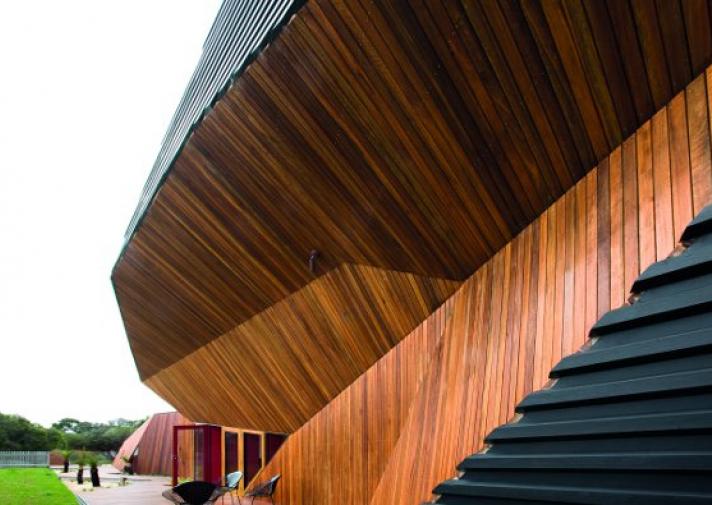 .gbip::beforecontent:url(https://ssl.gstatic.com/gb/images/silhouette_96.png)@media (min-resolution:1.25dppx),(-o-min-device-pixel-ratio:5/4),(-webkit-min-device-pixel-ratio:1.25),(min-device-pixel-ratio:1.25){.gbii::beforecontent:url(https://ssl.gstatic.com/gb/images/silhouette_27.png).gbip::before
.gbip::beforecontent:url(https://ssl.gstatic.com/gb/images/silhouette_96.png)@media (min-resolution:1.25dppx),(-o-min-device-pixel-ratio:5/4),(-webkit-min-device-pixel-ratio:1.25),(min-device-pixel-ratio:1.25){.gbii::beforecontent:url(https://ssl.gstatic.com/gb/images/silhouette_27.png).gbip::before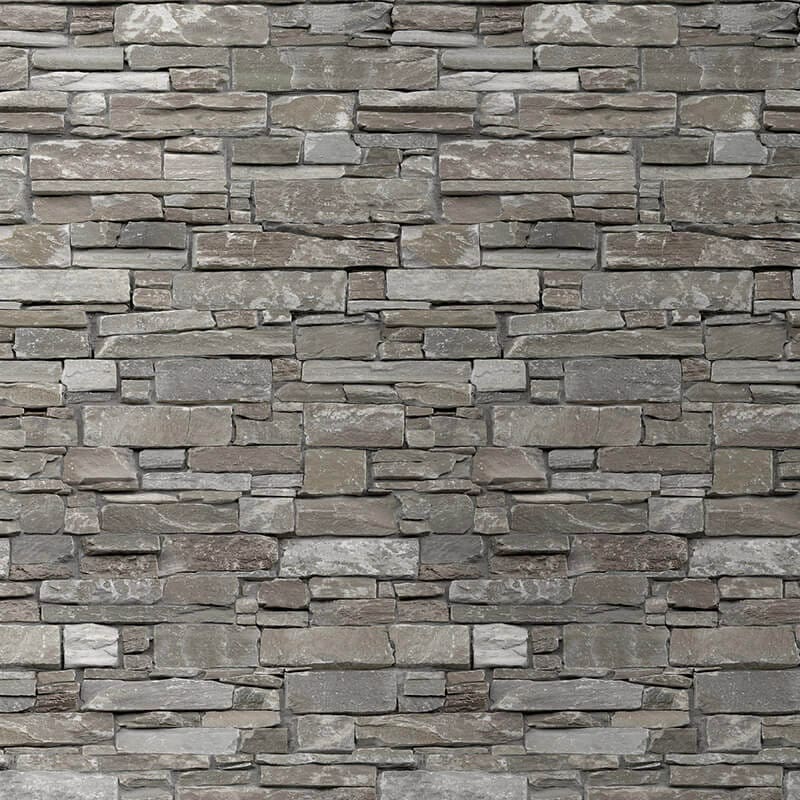
"cladding" translation into Polish

The Building Research Establishment (BRE) has been commissioned to undertake this project. This programme is on-going and exams are anticipated to conclude in the summertime.
After melting and bonding by the laser, the alloy layer was 1.5 mm thick and had little or no dilution from the steel. The resulting surface had excellent put on resistance. Architectural metal cladding is the collective time period for exterior building cladding created from coated metallic. In the last a long time metal turned some of the well-liked building supplies for the constructing envelope amongst architects and builders.
Phase transformation of Zirconia is, however, of great concern. Zircaloys also undergo from bad creep rates. In contrast to floor-layer welding, explosive welding causes no change in microstructure, and corrosion resistance of the layers isn't affected (Pocalco 1987 ). ions from the surroundings to the reaction front at the steel/oxide boundary.
The joint is then caused by a deformation-induced melting bathtub. The melt layer is sort of thin; for instance, when cladding an aluminum alloy it's about 0.5–fourμm (Kreye 1985, 1997 ). The dilution of the molten zones leads to airplane or corrugated interfaces.
Cladco’s cladding solutions are additionally moisture resistant, improving their longevity and minimising the common upkeep required for different cladding options. The flammability of cladding supplies (aluminium composite panels, insulation, and another supplies similar to sarking) is defined primarily based on well-established testing frameworks widely accepted in the hearth security engineering neighborhood.
These frameworks have been utilized and peer reviewed within the scope of fireplace research studies on the fire performance of aluminium composite panels and insulation materials at The University of Queensland and the University of Edinburgh. This giant scale check, undertaken by the Fire Protection Association (FPA), examined a HPL panel system with stone wool insulation, in accordance with British Standard 8414. This check includes constructing a 9-metre excessive wall with a whole cladding system mounted to it - together with panels and insulation. This was then subjected to a fireplace designed to copy the circumstances during which a severe fireplace breaks out of a window.